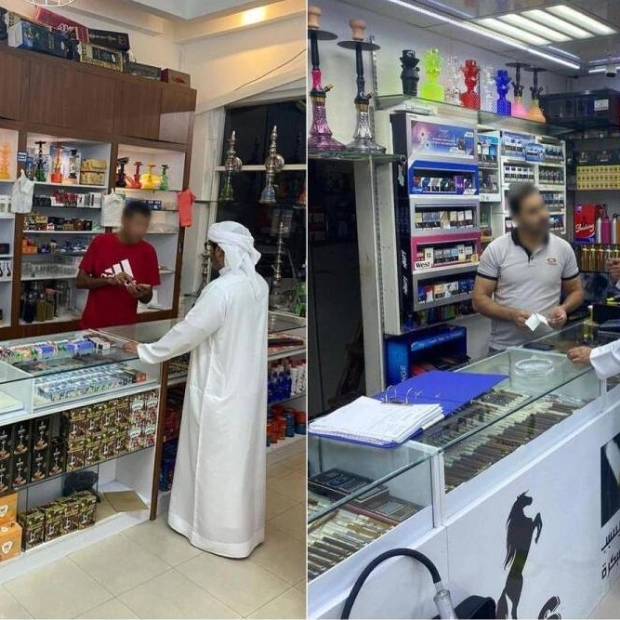Research indicates that end-user spending on information security in the Middle East and North Africa (Mena) region is projected to reach $3.2 billion by 2025, marking a 14 percent annual increase. This year, spending is anticipated to hit approximately $28.4 billion, a rise of 13.4 percent compared to the previous year, according to Gartner.
"The sustained increase in security expenditure in the Mena region is chiefly propelled by the dynamic regulatory landscape and the escalation of cyberattacks," explained Shailendra Upadhyay, a senior research principal at Gartner. "Additionally, the digital transformation and migration to the cloud are expanding the scope of threats for businesses. As a result, CISOs in the region are prioritizing compliance with evolving regulatory and privacy standards, addressing ongoing threats, and mitigating concerns among C-suite and board-level executives regarding organizational resilience and cybersecurity stance."
Globally, end-user spending on information security is expected to amount to $212 billion by 2025, a 15.1 percent rise from 2024, as per Gartner's projections. In 2024, worldwide spending on information security is estimated to be $183.9 billion.
"The persistent high-threat environment, shift to cloud services, and the talent scarcity are elevating security to a top priority and compelling CISOs to augment their organization's security budget," noted Upadhyay. "Moreover, organizations are evaluating their needs for endpoint protection platforms (EPP) and endpoint detection and response (EDR) and making adjustments to enhance operational resilience and incident response in light of the recent CrowdStrike outage."
The uptake of AI and generative AI (GenAI) is driving further investments in security software markets such as application security, data security and privacy, and infrastructure protection. By 2025, GenAI is anticipated to significantly increase the cybersecurity resources needed to safeguard it, resulting in a projected 15 percent rise in security software spending.
Since the advent of GenAI, attackers have been increasingly using tools alongside large language models (LLMs) to execute widespread social engineering attacks. Gartner forecasts that by 2027, 17 percent of all cyberattacks/data breaches will involve generative AI.
As organizations continue to migrate to the cloud, Gartner analysts predict a surge in cloud security solutions, with the market share of cloud-native solutions expanding. The combined market for cloud access security brokers (CASB) and cloud workload protection platforms (CWPP) is expected to grow to $8.7 billion by 2025, up from a projected $6.7 billion in 2024.
The worldwide skills gap in the cybersecurity sector is a key driver of investment in the security services market (including security consulting services, security professional services, and managed security services), which is anticipated to grow at a faster rate than other security segments.






